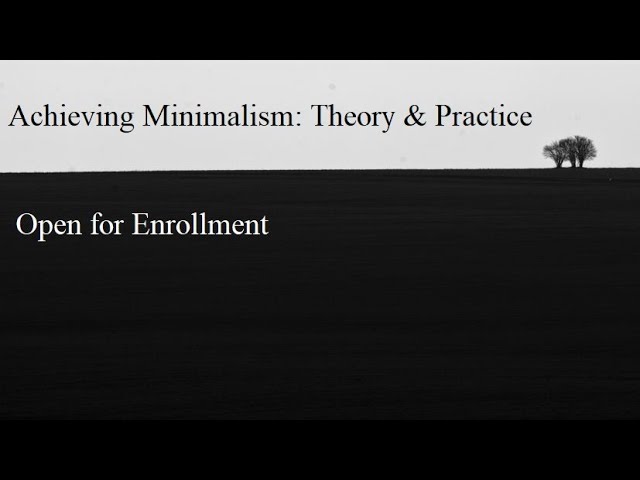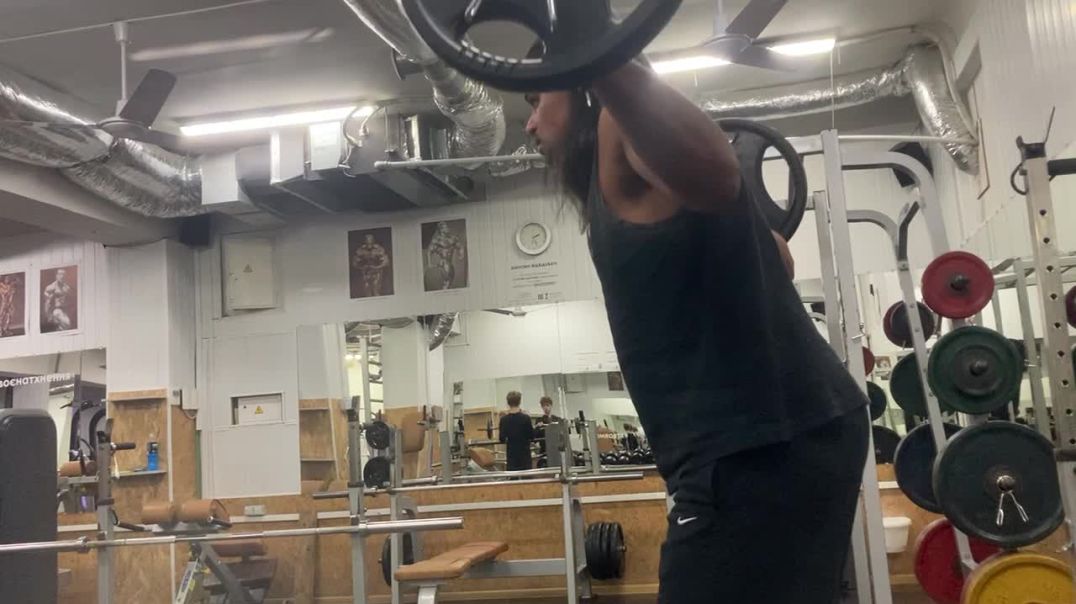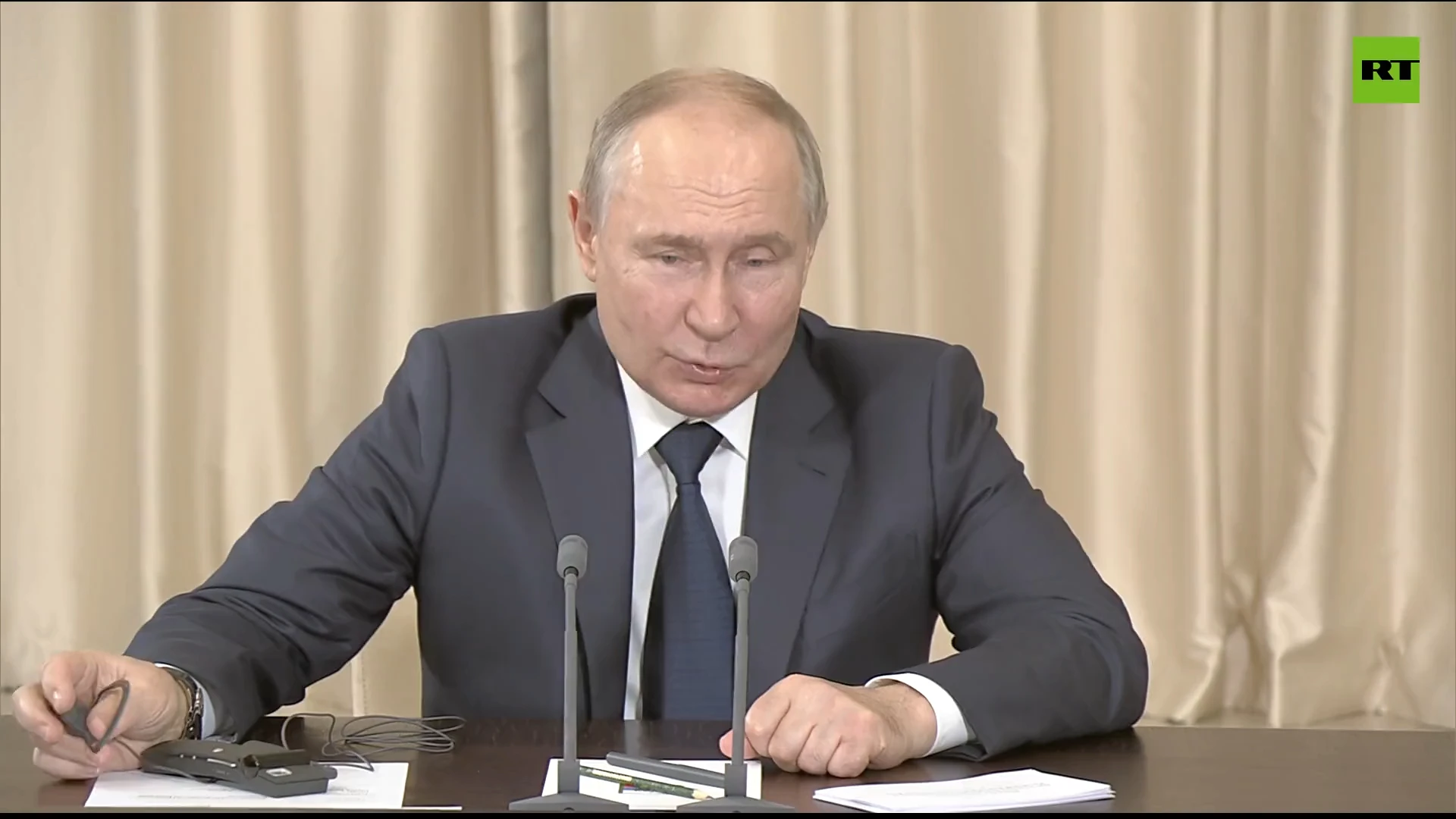Dear Creators, we are proud to announce an amazing affiliate program for you to earn some serious and continual cash. Read about our affiliate progarm here.
Caros criadores, temos o orgulho de anunciar um incrível programa de afiliados para vocês ganharem muito dinheiro de forma contínua. Leia sobre nosso programa de afiliados aqui.
Igor Sikorsky, Aviation Genius And Engineering Pioneer - A Biography Upscaled 4K Video
Aviation genius and pioneer Igor Sikorsky. <br>Aviation pioneer Igor Ivanovich Sikorsky was born May 25, 1889, in Kiev, which at the time was part of Russia but is now the capital of Ukraine. He created the first successful helicopter in 1939 and is credited with many other outstanding accomplishments in the field of aircraft design. <br> <br>Educated as an engineer and designer, Sikorsky developed an interest in man-powered flight in his youth. He was fascinated by the work done up to that point by the Wright Brothers and by Count Ferdinand von Zeppelin. After leaving the Petrograd Naval College, he traveled to Europe to study engineering and aviation in Paris. In 1907, he went home to Kiev where he completed his studies at the Mechanical Engineering College of the Polytechnical Institute, now named the Igor Sikorsky Kyiv Polytechnic Institute. <br> <br>He returned to Paris with plans to build a helicopter. Engineers had been attempting to build such a device for years, the first flown – unsuccessfully – in 1907 by Frenchman Paul Cornu. Others had limited success as well. But there were still too many problems with existing designs to make them truly viable. Sikorsky bought a 25-horsepower Anzani engine in Europe and took it home to Kiev to get to work. His first helicopter model failed. He decided to try a fixed-wing craft. His first attempt, the S-1, also failed because he used an inadequately powered engine. But his second attempt, the S-2, was a success. He continued to acquire information and make improvements to his airplane models. He also acquired his pilot’s license. His fifth plane, the S-5, gained national attention. His sixth plane, the S-6-A, won him the highest award at the 1912 Moscow Aviation Exhibition and first prize in a military competition in Petrograd. <br> <br>This success led to his appointment as head of the aviation division of the Russian Baltic Railroad Car Works. There Sikorsky began conceiving the first multi-engine airplane, “The Grand,” a luxurious passenger plane, revolutionary for its time. Next, he designed the Ilya Muromets, which served as a model for more than 70 versions of bombers used during World War I. <br> <br>The Russian Revolution of 1917 stalled Sikorsky’s career. He left for France to build bombers for the War, which ended just a year later. He then traveled to the United States in 1919, where he began teaching mathematics. By 1923 he had raised enough money to establish his own aviation company, the Sikorsky Aero Engineering Corporation, in Long Island. First, the company produced the all-metal S-29-A, followed by S-38 twin-engine amphibians in 1929, which Pan American Airways employed to fly routes to Central and South America. That year, the Sikorsky Aviation Corporation became a subsidiary and then a division of the United Aircraft Corporation, moving to Stratford, Connecticut. In 1931, the company produced the first S-40s, or “American Clippers,” which were later used to fly trans-Atlantic and trans-Pacific passenger flights. Sikorsky built a series of these “flying boats,” his last version the S-44, provided the fastest available means of trans-Atlantic transport for years. <br> <br>Sikorsky continued to dream of building a successful helicopter. He had never stopped jotting down his design ideas. He had even patented some of them. In 1939, he achieved his goal. He completed the VS-300, piloting the craft himself during its first flight that summer. The VS-300 would later be known as the United States’ first successful helicopter and served as the model for all single-rotor helicopters by 1940. One of the most significant design details in Sikorsky’s helicopter was its use of a tail rotor to provide thrust in the opposite direction of the torque created by the top rotor. This model was the first that did not require two counter-rotating rotors to cancel out the torque. Sikorsky’s innovative design made the craft lighter, simpler, and easier to control. <br> <br>Military contracts took the helicopter into large-scale production, starting with the XR-4. By the end of World War II, the U.S. Army had purchased more than 400 Sikorsky helicopters. The aircraft provided significant advantages in many types of military situations, life-saving missions in particular. <br> <br>#aviation #sikorsky #helicopter























SORT BY-
Top Comments
-
Latest comments
2 years ago
guy was a very amazing guy...
he pushed aviation by a light-year when he came to america.
just as important (if not more-so) as the wright brothers
2 years ago
Fascinating man!
2 years ago